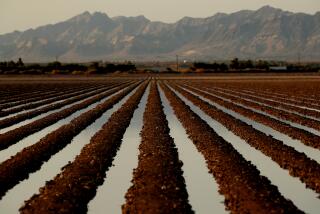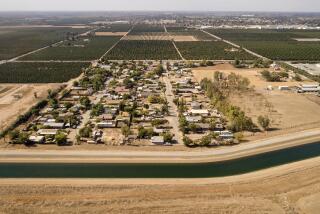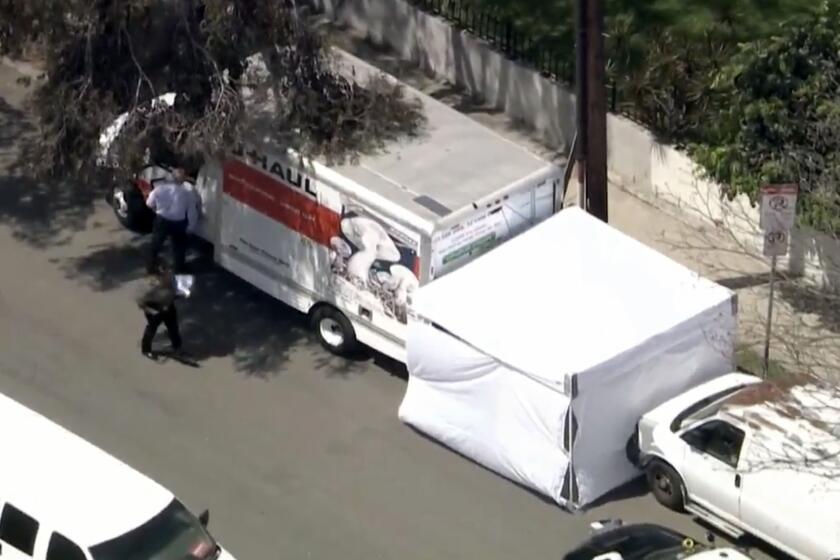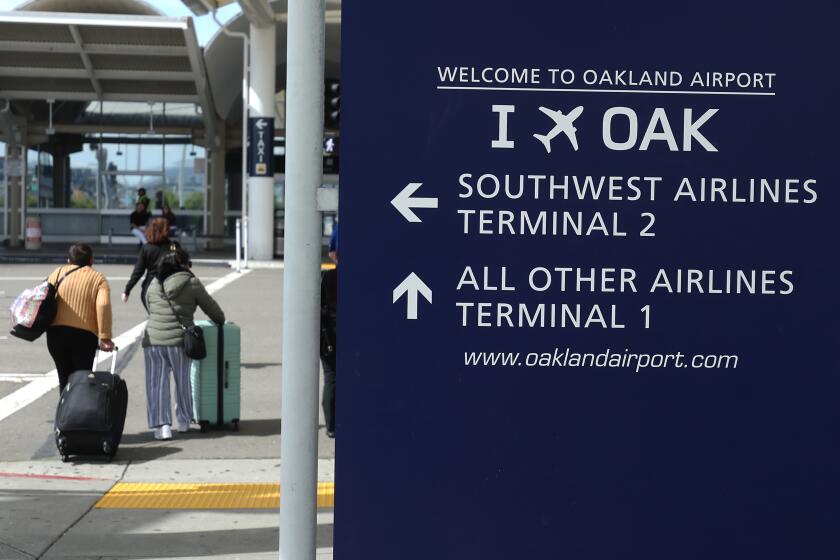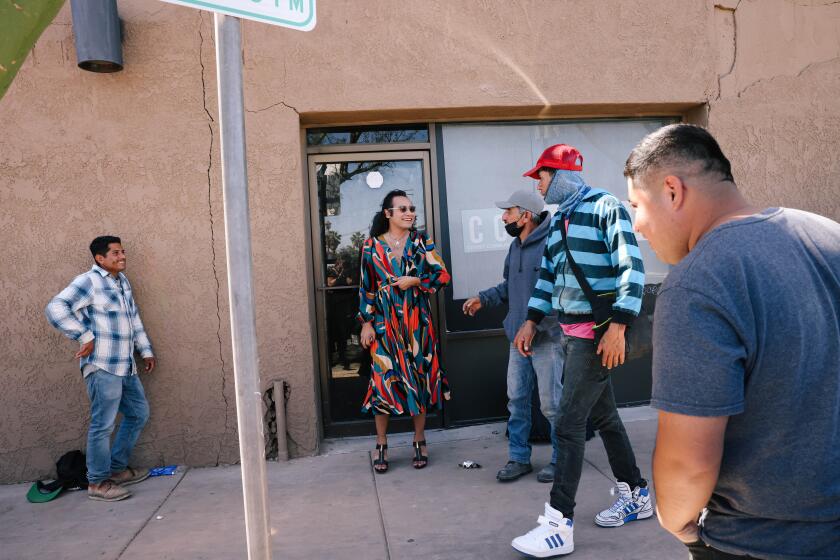Capitol Journal: In California, rights to water exceed the supply
It’s arguable whether California has enough water to meet its actual needs. But it clearly does not have enough to match people’s expectations. And one reason is simple.
Government historically has over-promised — not exactly a new concept.
In the last century, the state has handed out rights to five times more surface water than our rivers produce even in a normal year.
On some major river systems, especially in the parched San Joaquin Valley, the over-allocation is jaw-opening. On the San Joaquin River itself, people have rights to nearly nine times more water than flows down from the Sierra. On the Kern, it’s six times. On the Stanislaus, four.
Water rights exceed average natural runoff on 16 major rivers, UC Davis researchers found last year. And they were only counting so-called junior rights — those granted after 1914, the last time the Legislature updated California’s convoluted water allocation system.
Stronger pre-1914 “senior” and riparian (waterside) rights weren’t included in the study. So that makes the over-promising even more egregious.
“The state has over-allocated water in many, if not most, river basins,” researchers Ted Grantham and Joshua Viers wrote for the UC Davis Center for Watershed Sciences.
“After 100 years, California’s water rights system is struggling to adapt to 21st Century realities of increasing water stress, changing climate and societal demands for water supply security and a healthy environment.”
The situation, the UC experts continued, “is increasingly creating conflicts between water users and confusion for water managers trying to figure out whose supplies should be curtailed during a drought.”
There’s heated conflict between fellow farmers — those in the semi-arid San Joaquin Valley and others in the more lush Sacramento-San Joaquin River Delta, California’s main water hub. There’s bitter fighting between the farming and fishing industries over river flows needed for irrigating orchards and salmon spawning. And urban users are starting to wade in since they’ve been told to tighten their spigots by 25%.
Many ask why agriculture wasn’t included in Gov. Jerry Brown’s mandatory water reductions? It gulps 80% of water used by humans; urban dwellers just 20%.
The ag industry is countering and spinning. No, it asserts, when all California water is figured, the environment gets roughly 50%, farms 40% and communities 10%. Same difference. Agriculture uses four times as much water as towns and cities.
The state entity responsible for dividing up the water — based on politicians’ edicts and water rights — is the Water Resources Control Board, headed by Felicia Marcus.
The fact that water rights greatly exceed water is a problem “more of perception than reality,” Marcus says.
That problem is the worst in the farm belt, especially the dry west side of the San Joaquin, where motorists on Interstate 5 see inflammatory billboards denouncing the “Congress-created Dust Bowl.” They protest Congress acting to restore salmon runs and protect endangered fish.
The reality is that entitlement to water is conditional. It depends on how much is flowing. When a river is running low, a farmer with junior rights is not going to be allowed to draw out much. But the water board soon will also begin crimping growers with senior and riparian rights.
“Water rights holders do understand,” Marcus says, “although their understanding may be different than the rhetoric they put out there.”
Some growers, however, “have an assumption of what their water right is based on what they think it is,” she continues. “People can have an exaggerated sense of their right. They believe they are not getting their fair share. This is challenging in the political world.”
I asked Phil Isenberg, former chairman of the Delta Stewardship Council, which is overseeing an attempted re-plumbing of the estuary, how big a problem is created by rights exceeding water.
“Perception is reality,” he answered, and “ ‘paper water,’ ” as some courts have called it, is a very big deal.
“If you have some semi-official sounding ‘right,’ well, why not believe that you are entitled to whatever water you want?”
Isenberg, a longtime politico and still a council member, added: “It is almost impossible to reform something that cannot be understood by a well-intentioned citizen. Water rights can barely be understood by water rights attorneys.”
Ellen Hanak, a water expert at the Public Policy Institute of California, points out that when all these rights were granted, “we were not thinking about what the environment needed.” Later, she says, “we found that in a number of streams and lakes we were shortchanging the critters that live there.”
And despite added protections, she continues, “there have been tremendous cutbacks in environmental regulations in order to make water available for agriculture and urban users.”
A bigger problem of inflated expectations is created by contracts with the huge state and federal water projects, Hanak says. Deliveries are based on available water. For an irrigation district to receive 100% of what’s contracted for, she says, it has to be a flood year.
“People think getting 50% is terrible,” she adds. “They don’t know that 50% is normal.”
This year growers supplied by the State Water Project will receive only 20% of what they’ve requested. Federal customers without senior rights are expecting nothing.
So that leads to more over-pumping of ground water and plunging aquifers, as the land sinks a foot a year in some spots.
It’s a murky mess. And it calls for forceful political leadership — something stronger than “turn off the lawn sprinkler” and “don’t always flush.”
Twitter: @LATimesSkelton
More to Read
Start your day right
Sign up for Essential California for news, features and recommendations from the L.A. Times and beyond in your inbox six days a week.
You may occasionally receive promotional content from the Los Angeles Times.

